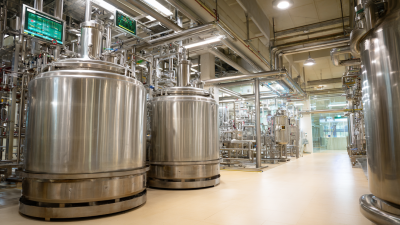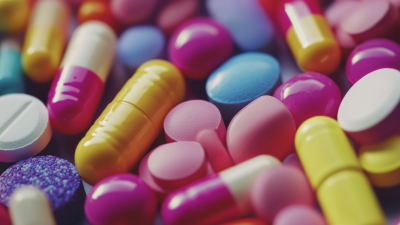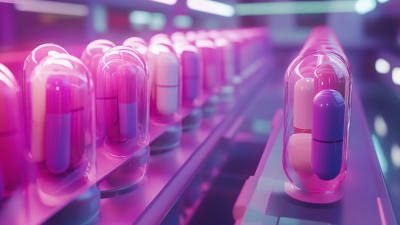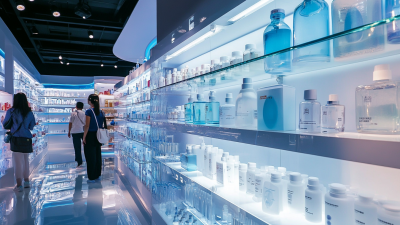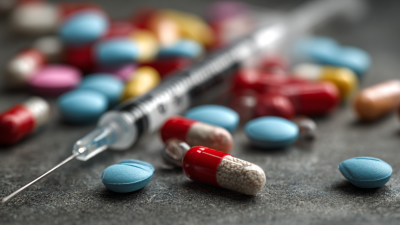In the rapidly evolving pharmaceutical industry, the selection of the right pharma equipment is crucial for optimizing laboratory efficiency, ensuring compliance with regulatory standards, and maintaining product quality. According to a recent report by MarketsandMarkets, the global pharmaceutical equipment market is projected to reach USD 57.3 billion by 2025, growing at a CAGR of 7.6% from 2020. This surge highlights the increasing demand for advanced technologies that facilitate research, development, and production processes. Selecting appropriate pharma equipment not only impacts the operational workflow but also influences the overall success of pharmaceutical projects. Therefore, understanding specific laboratory needs, equipment capabilities, and regulatory requirements is essential for professionals aiming to enhance their research capabilities and streamline operations. With the right insights and considerations, laboratories can make informed decisions that lead to improved outcomes in this competitive landscape.
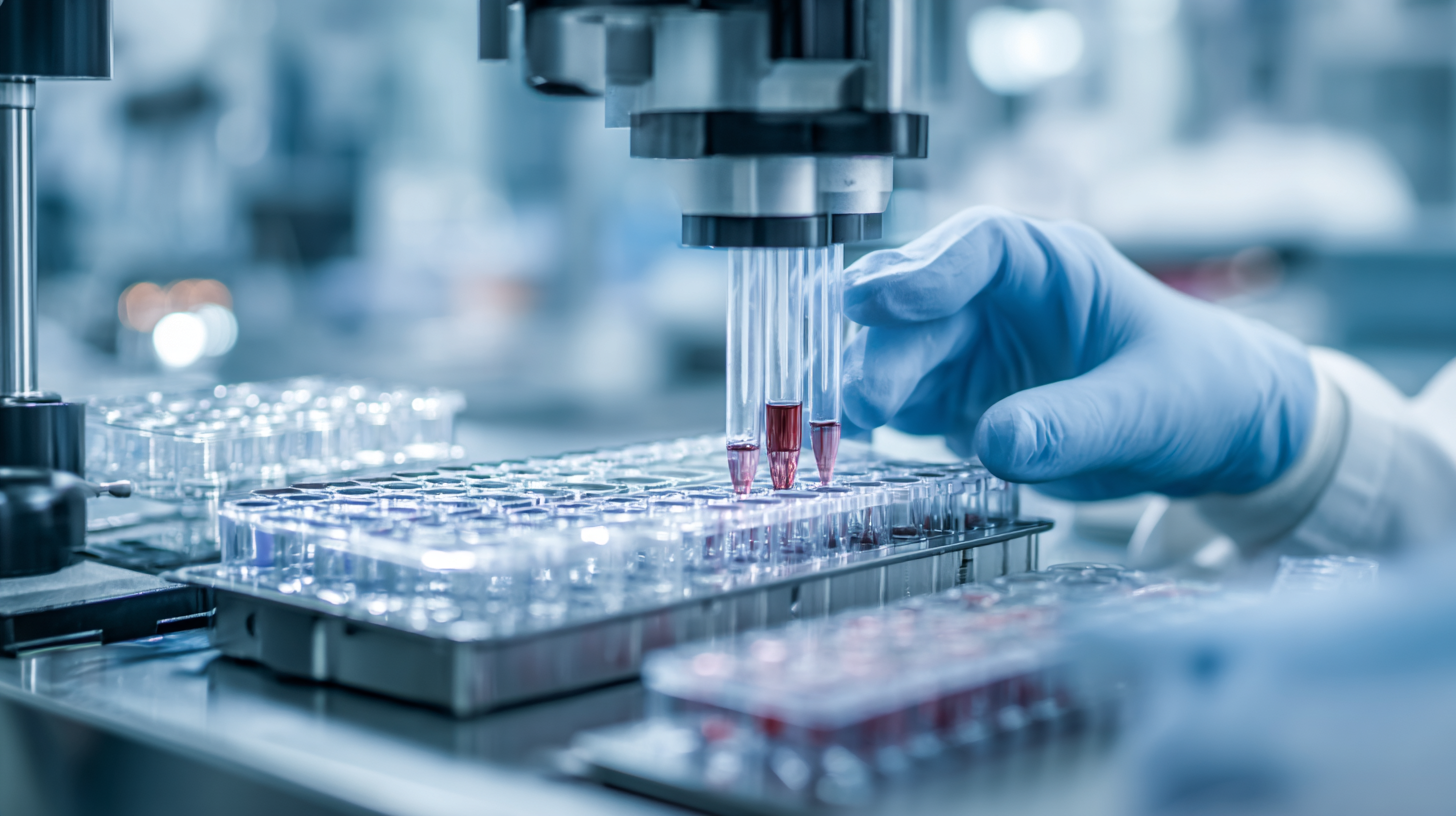
Choosing the right pharmaceutical equipment for your laboratory can be a daunting task, but understanding your laboratory requirements is crucial. Key factors to consider include the type of research being conducted, the scale of production needed, and specific regulatory compliance requirements. Each piece of equipment should align with the intended purpose to ensure efficiency and safety. For example, if you are working with highly sensitive compounds, investing in high-quality analytical instruments with appropriate sensitivity and specificity is essential.
**Tips:** Always conduct a needs assessment before making a purchase. Engage with your team to gather insights on their operational needs and challenges. Familiarize yourself with the latest advancements in pharmaceutical technology, as this can significantly impact your selection.
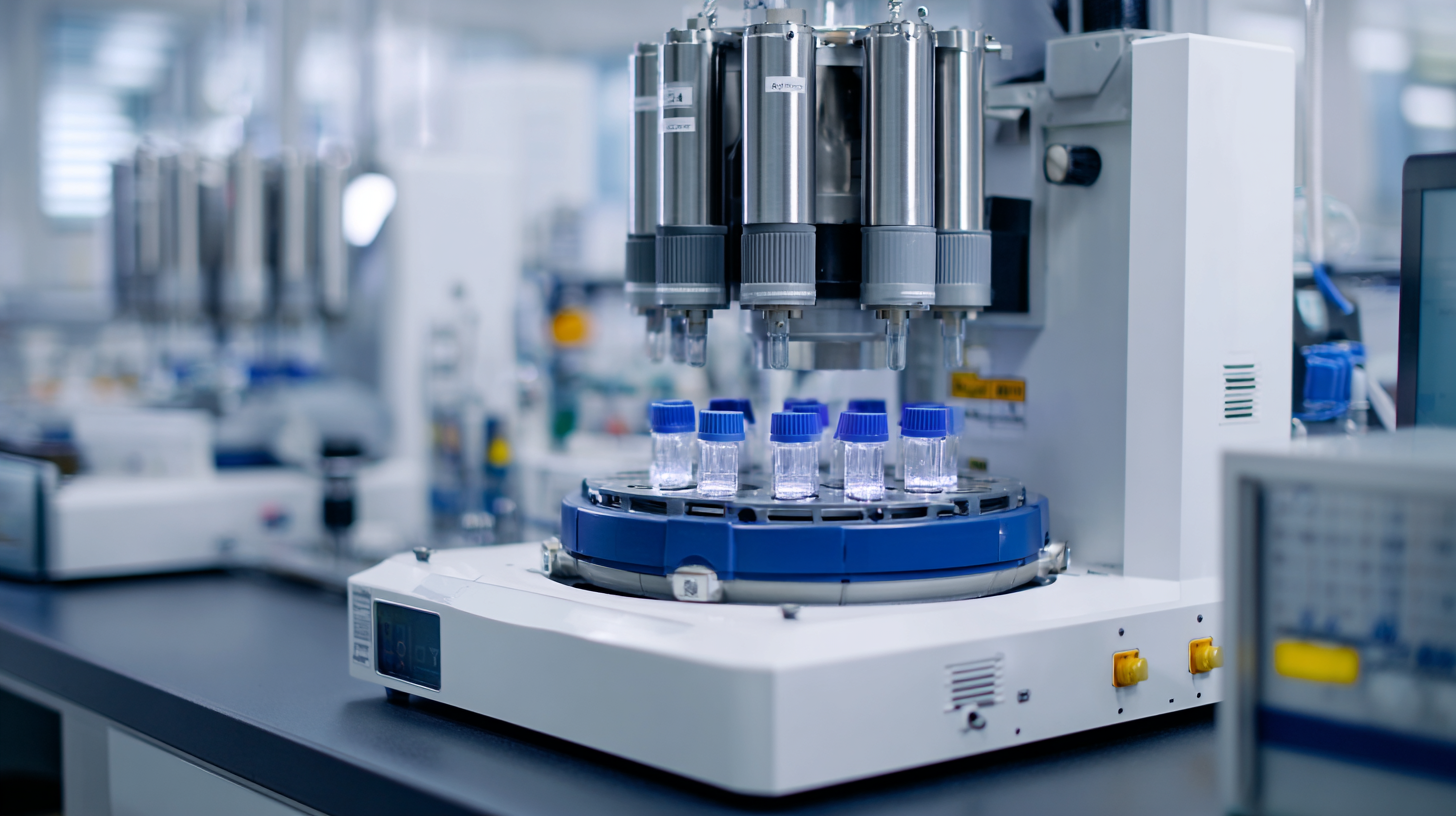
Another important consideration is durability and maintenance. Equipment should not only meet current needs but also have the flexibility to adapt to future demands. Consider the ease of maintenance and the availability of support services when selecting equipment. Choosing robust and reliable equipment can reduce downtime and ensure continuous operation of laboratory processes.
**Tips:** Check for warranty and service agreements when evaluating options. A manufacturer that offers comprehensive support can save valuable time and resources in the long run.
In the ever-evolving landscape of pharmaceutical research, selecting the right equipment for laboratory needs has become crucial for optimizing efficiency and accuracy. As the pharma equipment development trends indicate, new technologies are increasingly becoming indispensable. Innovations in imaging technologies like MRI, CT, and PET are reshaping clinical trials, highlighting the necessity for labs to keep pace with these advances. The rising demand for precise diagnostics is not only improving patient outcomes but also enhancing the overall efficiency of drug development.
Tips: When evaluating new imaging technologies, consider their compatibility with existing systems. Conduct thorough research on the latest advancements that could streamline your processes and improve data accuracy. Always consult with peers in the industry to understand firsthand experiences with specific equipment.
As the contract research organization market in Europe continues to expand, projected to grow from $21.65 billion in 2023 to $39.55 billion by 2030, the importance of utilizing state-of-the-art pharma equipment cannot be overstated. Staying updated with the latest trends can provide your laboratory with a competitive edge, facilitate faster drug approvals, and ensure compliance with regulatory requirements.
When selecting pharmaceutical equipment for laboratory needs, a critical aspect to consider is the cost analysis, especially in balancing quality and budget. Recent trends indicate that over 60% of laboratory spending is directed toward consumables, including chemicals and reagents, highlighting the importance of making informed choices in procurement. Opting for high-quality but cost-effective lab equipment can lead to significant long-term savings, which is vital as companies explore innovative technologies like generative AI that could transform the industry. However, this transition requires substantial investment in both infrastructure and operational models.
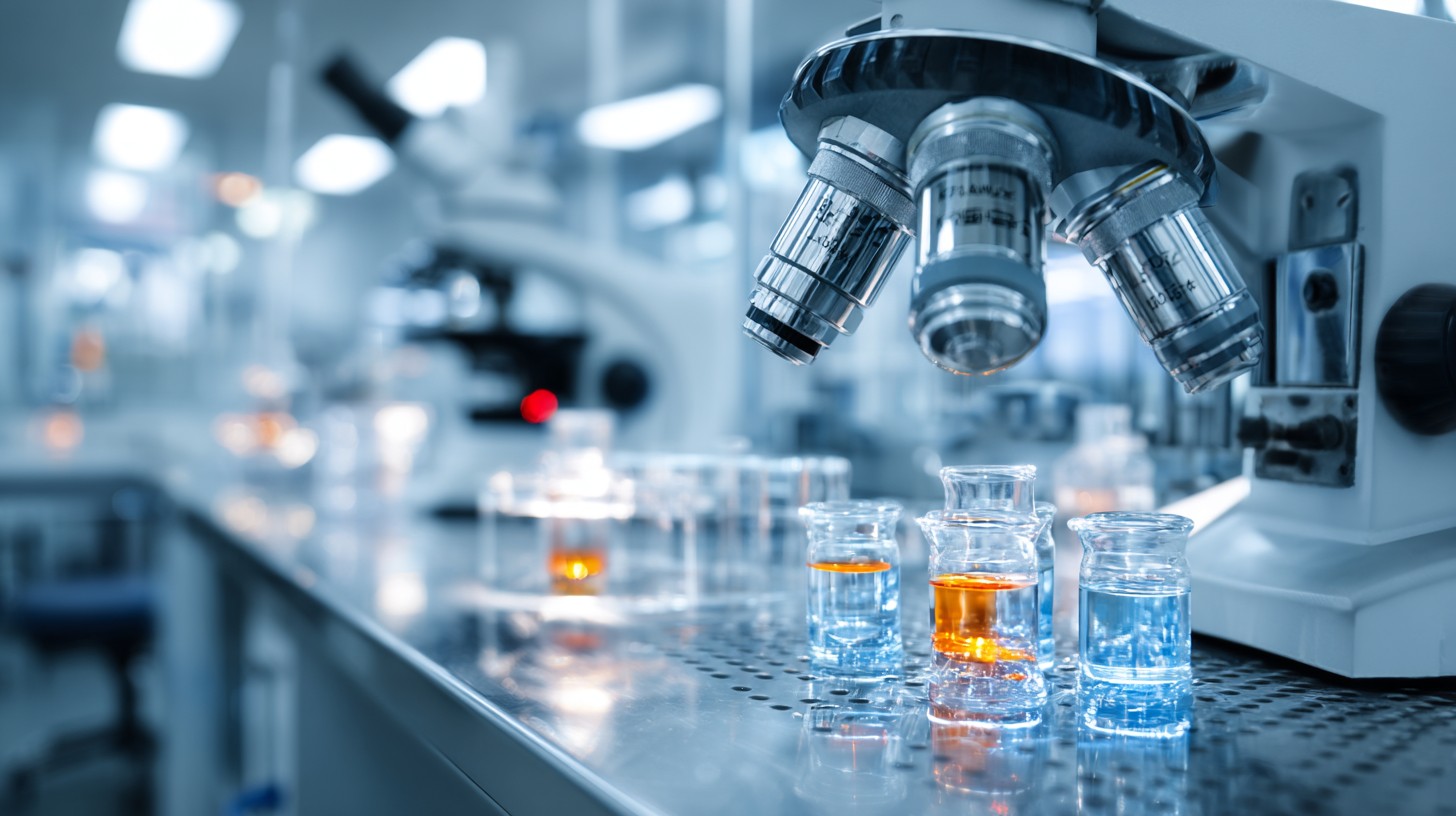
Additionally, in the context of biomanufacturing, establishing a GMP-compliant facility involves high construction and start-up costs. For example, producing cell-cultured meat is projected to cost around $63 per kilogram, primarily due to expenses associated with the cell-culture medium and facility overheads. Laboratories must integrate fiscal strategies that account for these significant initial investments while ensuring that operational efficiencies are optimized to lower ongoing costs. By effectively balancing quality with budget, pharmaceutical companies can unlock their potential to innovate and respond to the evolving demands of the industry.
When selecting pharmaceutical equipment for laboratory use, regulatory compliance is paramount. Equipment must meet industry standards and guidelines to ensure both safety and efficacy in pharmaceutical operations. According to a report by the International Pharmaceutical Excipients Council (IPEC), about 95% of regulatory failures in pharmaceutical manufacturing stem from inadequate equipment compliance and validation processes. Ensuring that your equipment meets FDA guidelines, as well as ISO 9001 standards, reduces the likelihood of costly recalls and fines.
**Tips for Compliance:** Always verify that your equipment suppliers have the necessary certifications and provide documentation of compliance with relevant regulations. Additionally, staying updated on changes to industry standards will help you preemptively adjust your equipment and processes as needed.
Another key aspect of regulatory compliance is the maintenance and calibration of your laboratory equipment. A study published by the Pharmaceutical Manufacturing magazine emphasized that regular calibration checks reduce the variation in results, thus maintaining product quality. Proper documentation of all maintenance activities is crucial during audits and inspections.
**Tips for Maintenance:** Implement a scheduled calibration plan and maintain logs that record all maintenance activities. Investing in high-quality, compliant equipment can pay off in the long run by ensuring consistent results and minimizing regulatory risks.
When selecting pharmaceutical equipment for your laboratory, the importance of after-sales service cannot be overstated. High-quality maintenance and support can significantly influence the longevity and efficiency of your equipment. This is especially crucial in the pharmaceutical industry, where compliance with safety and regulatory standards is paramount. Reliable after-sales support not only ensures your equipment operates at optimal levels but also minimizes downtime that could otherwise disrupt your research or production processes.
Tips: Always inquire about the warranty and the scope of after-sales service before making a purchase. A good manufacturer should provide maintenance training or service contracts that include regular check-ups and emergency response. Additionally, researching the reputation of a supplier can give you insights into their reliability and the quality of their post-purchase support.
Investing in equipment is a major decision; therefore, understanding the full range of support services available can save you time and resources in the long run. Look for companies that demonstrate a commitment to customer service through responsive communication and a dedicated support team. This proactive approach can enhance the efficiency of your laboratory operations and ensure compliance with evolving industry standards.
